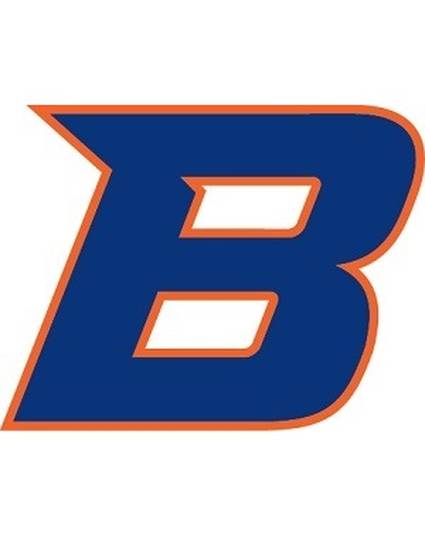
Presentation
Descreening of Halftoning
Undergraduate Research Conference, Boise State University
(2010)
Abstract
Halftoning is the process a printer uses to print color images using black in combination with three different colored inks: cyan, magenta, and yellow. The printer places dots on the paper at different angles, sizes and frequencies that when combined produce the range of colors that the human visual system can perceive. When a halftone image is scanned and reprinted, the image shows significant degradation due to halftoning artifacts. This can be resolved by filtering the entire image in one step, but the hardware in a printer can only handle 128 x 128 blocks of data. Therefore, the scanned image has to be windowed into small blocks, filtered individually in the frequency domain using a band reject filter, and then recombined before printing. Another problem arises because blocking artifacts are introduced to the image after the filtered windows are recombined. The purpose of this project is to create a model that descreens the scanned image of the halftoning artifacts and removes the blocking artifacts while maintaining the original image quality.
Disciplines
Publication Date
April 12, 2010
Location
Boise, ID
Comments
Faculty Sponsor: Elisa Barney-Smith
Citation Information
C. J. Stanger and Thanh Tran. "Descreening of Halftoning" Undergraduate Research Conference, Boise State University (2010) Available at: http://works.bepress.com/elisa_barney_smith/16/
